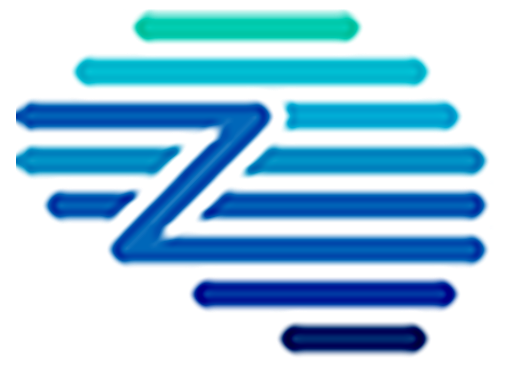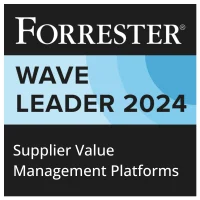Supplier Vetting is the process of evaluating potential suppliers or vendors to determine their suitability for fulfilling specific business requirements. This evaluation typically includes assessing factors such as financial stability, compliance with regulations, quality of goods or services, reliability, and past performance. The vetting process ensures that the suppliers meet the organization’s standards and are capable of delivering on their commitments effectively.
Key Benefits
– Risk Mitigation: Supplier vetting helps in assessing potential risks that might arise from engaging with certain suppliers. By evaluating financial stability, compliance with regulations, and operational capabilities, procurement functions can proactively mitigate risks that could affect supply chain stability and business operations.
– Quality Assurance: Through thorough vetting, organizations ensure that suppliers meet required quality standards. This involves checking supplier certifications, past performance, and capacities to deliver goods or services at the expected standard consistently.
– Compliance Adherence: Vetting suppliers ensures adherence to legal, ethical, and business standards which are necessary for meeting industry regulations and internal company policies. This minimizes exposure to regulatory penalties and enhances the organization’s reputation.
– Cost Efficiency: By selecting suppliers through a vetted and competitive process, organizations can negotiate better terms and prices, thereby achieving cost efficiencies and maximizing value out of procurement budgets.
– Optimized Supplier Relationships: Vetting offers insights into supplier capabilities and capacity for innovation or problem-solving, which helps in building strategic partnerships. This enhances collaboration and can lead to innovative solutions that drive long-term value.
Related Terms
– Risk Mitigation: Supplier vetting helps in assessing potential risks that might arise from engaging with certain suppliers. By evaluating financial stability, compliance with regulations, and operational capabilities, procurement functions can proactively mitigate risks that could affect supply chain stability and business operations.
– Quality Assurance: Through thorough vetting, organizations ensure that suppliers meet required quality standards. This involves checking supplier certifications, past performance, and capacities to deliver goods or services at the expected standard consistently.
– Compliance Adherence: Vetting suppliers ensures adherence to legal, ethical, and business standards which are necessary for meeting industry regulations and internal company policies. This minimizes exposure to regulatory penalties and enhances the organization’s reputation.
– Cost Efficiency: By selecting suppliers through a vetted and competitive process, organizations can negotiate better terms and prices, thereby achieving cost efficiencies and maximizing value out of procurement budgets.
– Optimized Supplier Relationships: Vetting offers insights into supplier capabilities and capacity for innovation or problem-solving, which helps in building strategic partnerships. This enhances collaboration and can lead to innovative solutions that drive long-term value.
References
For further insights into these processes, explore Zycus’ dedicated resources related to Supplier Vetting:
- Supplier Vetting 101: Best Practices for Identifying Top Performers
- The Modern Procurement Operating Model: Structure for Success in 2025
- Supplier Automation Made Easy
- From Paper Trails to Digital Highways: Building an Extensible S2P Suite
- The Power of Partnering: Driving Source-to-Pay Partnership Success with Zycus
White Papers
Master the UK Procurement Act 2023: Ensure Compliance & Drive Procurement Excellence

Filter by
Compliant Invoicing
Compliant Invoicing refers to the process of generating, submitting, and managing invoices in adherence with legal, regulatory, and contractual requirements.
Continuity Plan
A Continuity Plan is an organized set of policies and procedures designed to ensure that a company’s essential operations can
Cost Modeling
Cost Modeling in procurement refers to the analysis and estimation of the total cost of ownership of a product or
Contract Audit
Contract Audit is a systematic evaluation of agreements and related documentation to ensure compliance with contractual terms, identify discrepancies, and
Procurement Cycle
The Procurement Cycle refers to the end-to-end process through which an organization identifies its needs, sources suppliers, negotiates contracts, places
Procurement Master Data Management
Procurement Master Data Management is the disciplined approach to managing core, consistent procurement information, including supplier, product, and contract data,






















































